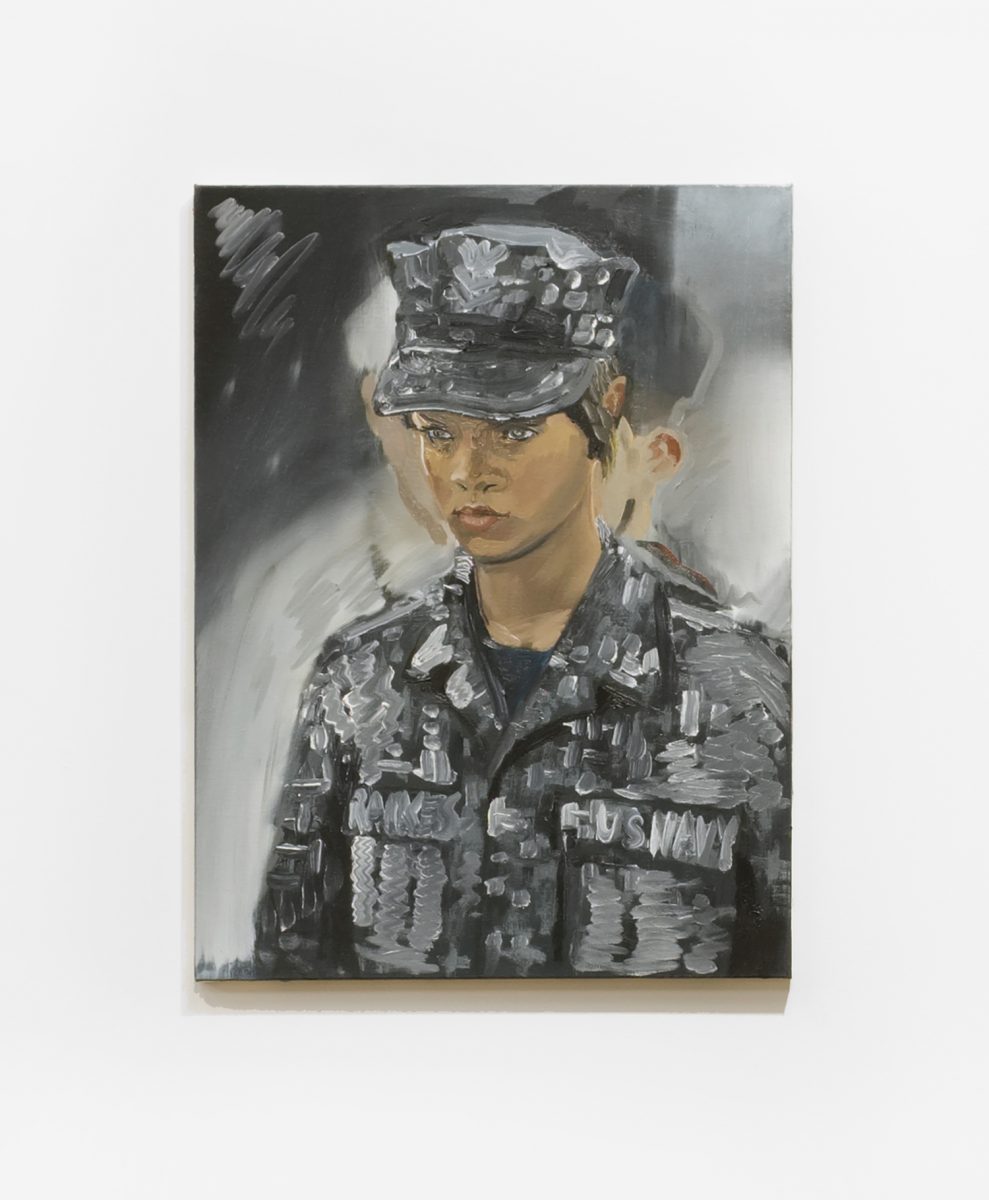 Rhianna, Battleship, 2017
Rhianna, Battleship, 2017
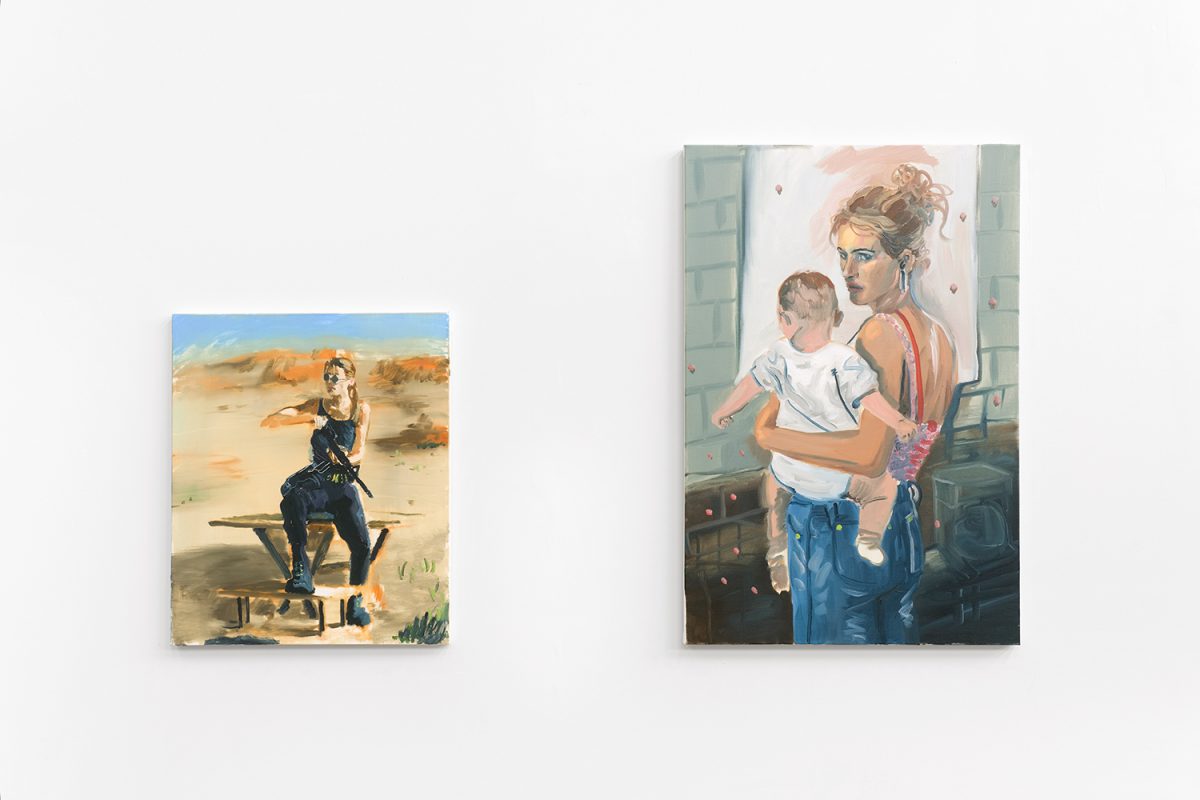 Clark Filio, Erin, 2016 / Sarah, 2017
Clark Filio, Erin, 2016 / Sarah, 2017
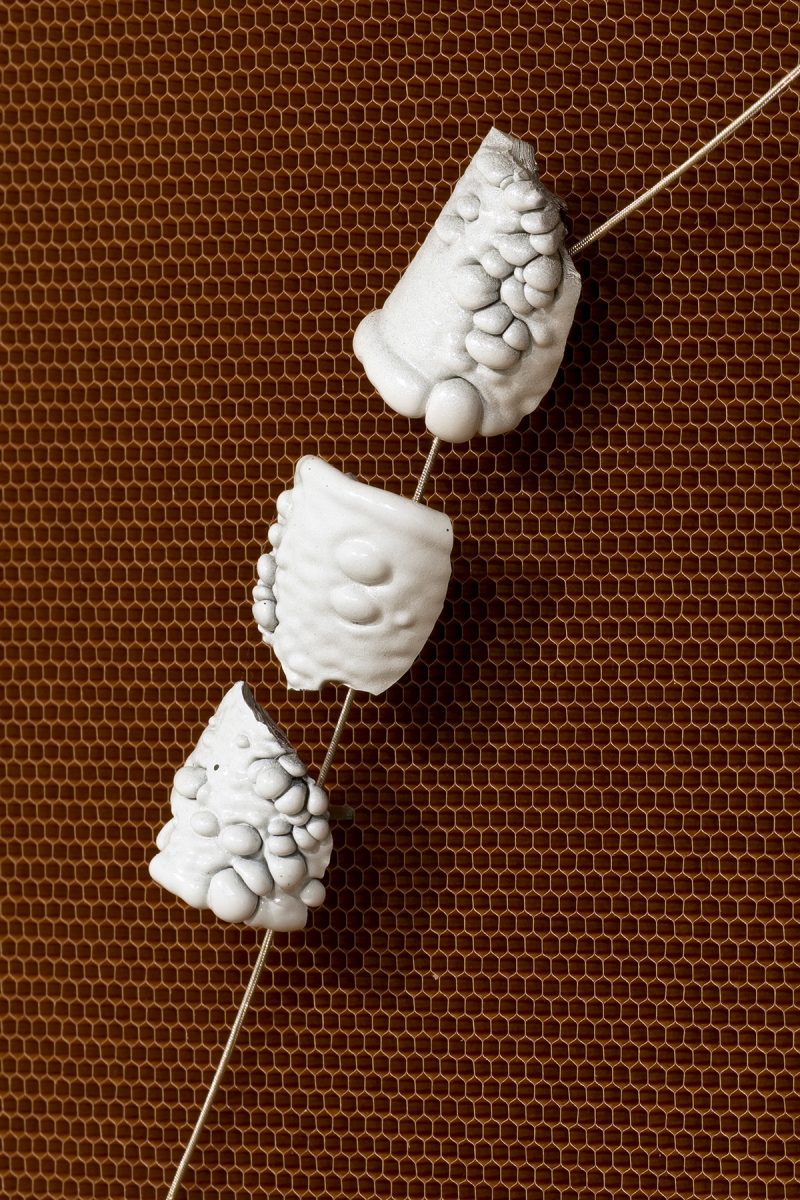 Cooper Jacoby, Sluice (Joining Valley), 2016 (detail)
Cooper Jacoby, Sluice (Joining Valley), 2016 (detail)
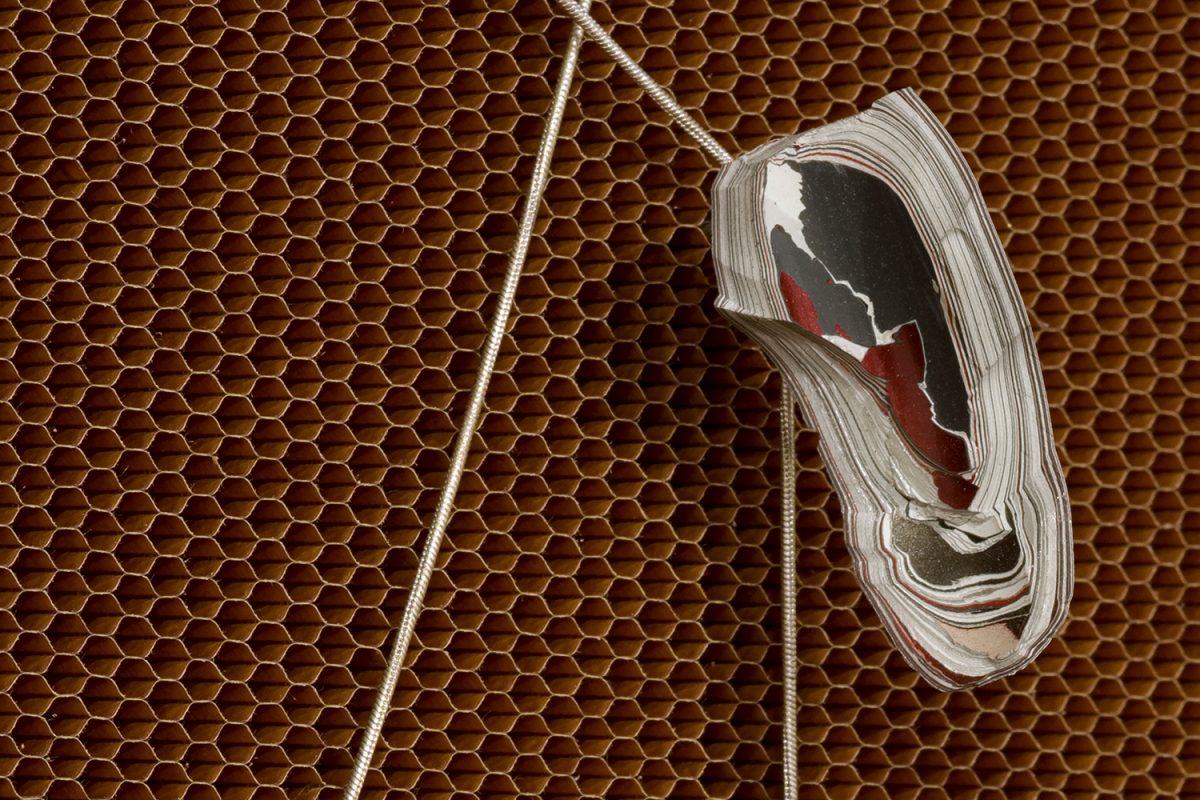 Cooper Jacoby, Sluice (Joining Valley), 2016 (detail)
Cooper Jacoby, Sluice (Joining Valley), 2016 (detail)
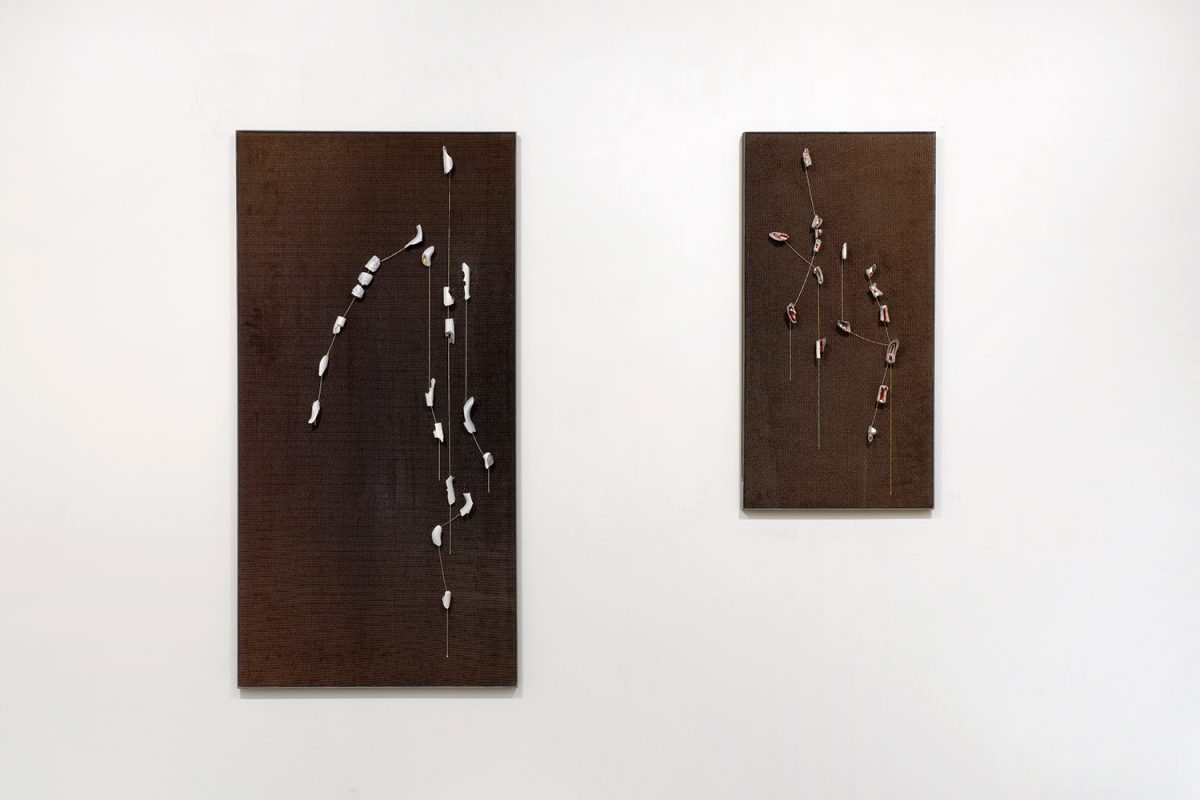 Cooper Jacoby, Sluice (Joining Valley), 2016 / Sluice (Gushing Spring), 2016
Cooper Jacoby, Sluice (Joining Valley), 2016 / Sluice (Gushing Spring), 2016
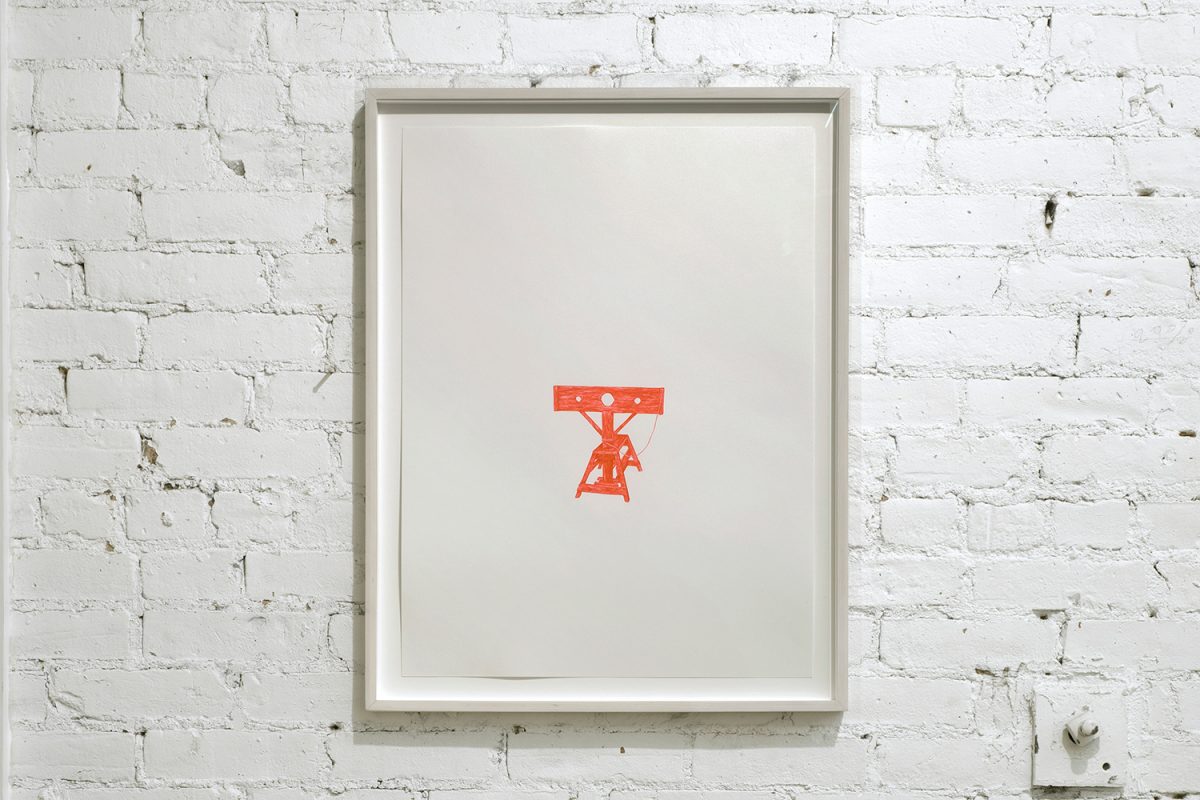 Fin Simonetti, Hearth 4, 2018
Fin Simonetti, Hearth 4, 2018
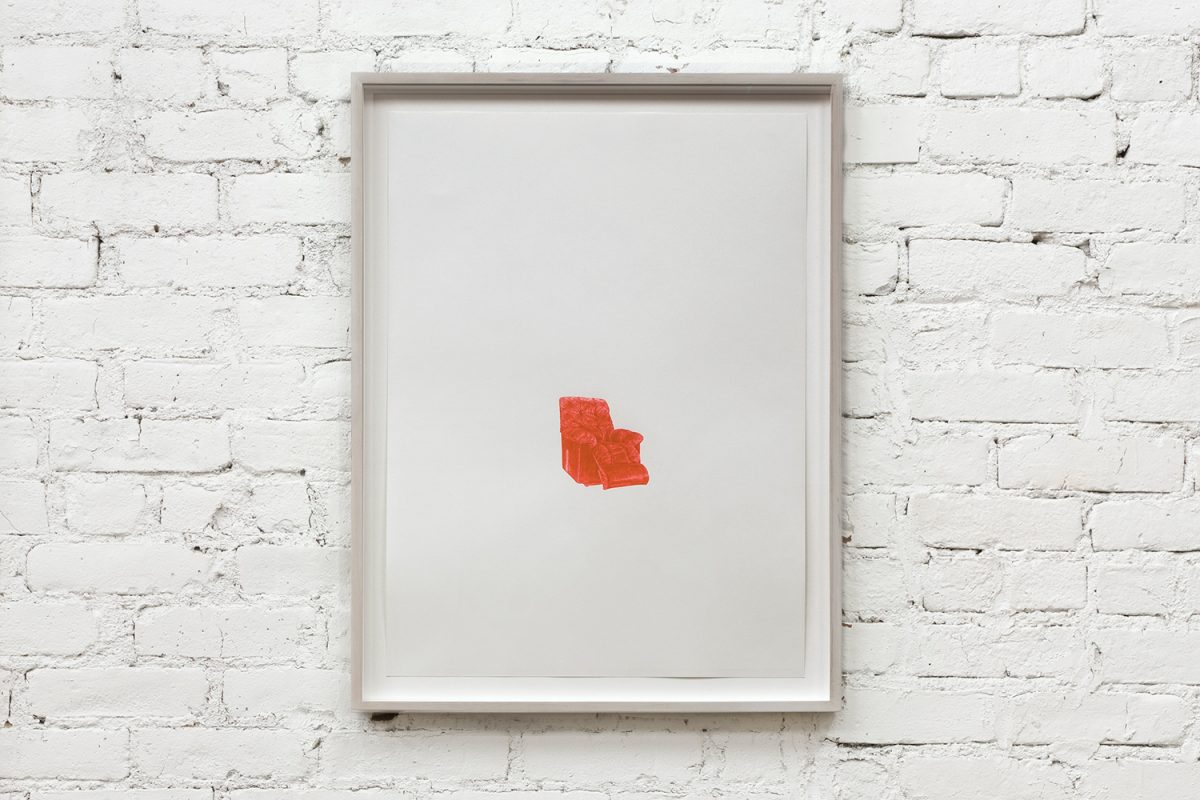 Fin Simonetti, Hearth 2, 2018
Fin Simonetti, Hearth 2, 2018
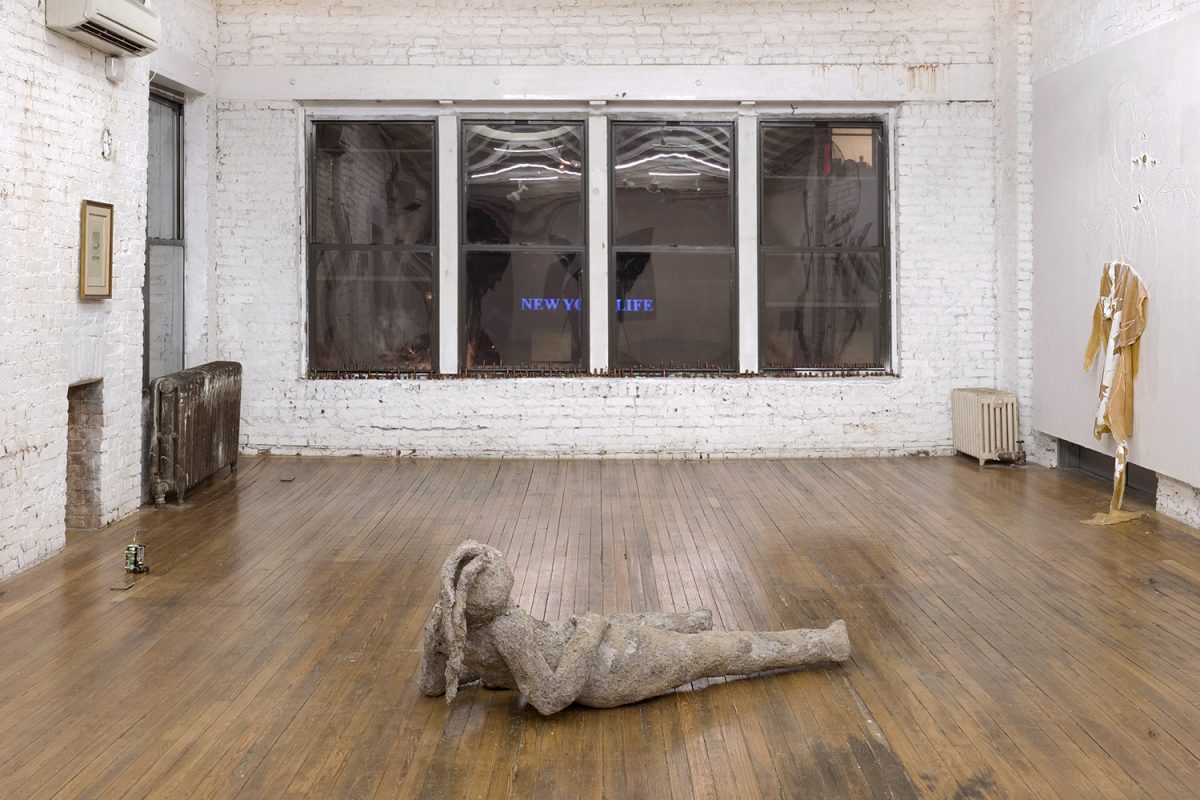 Exhibition view
Exhibition view
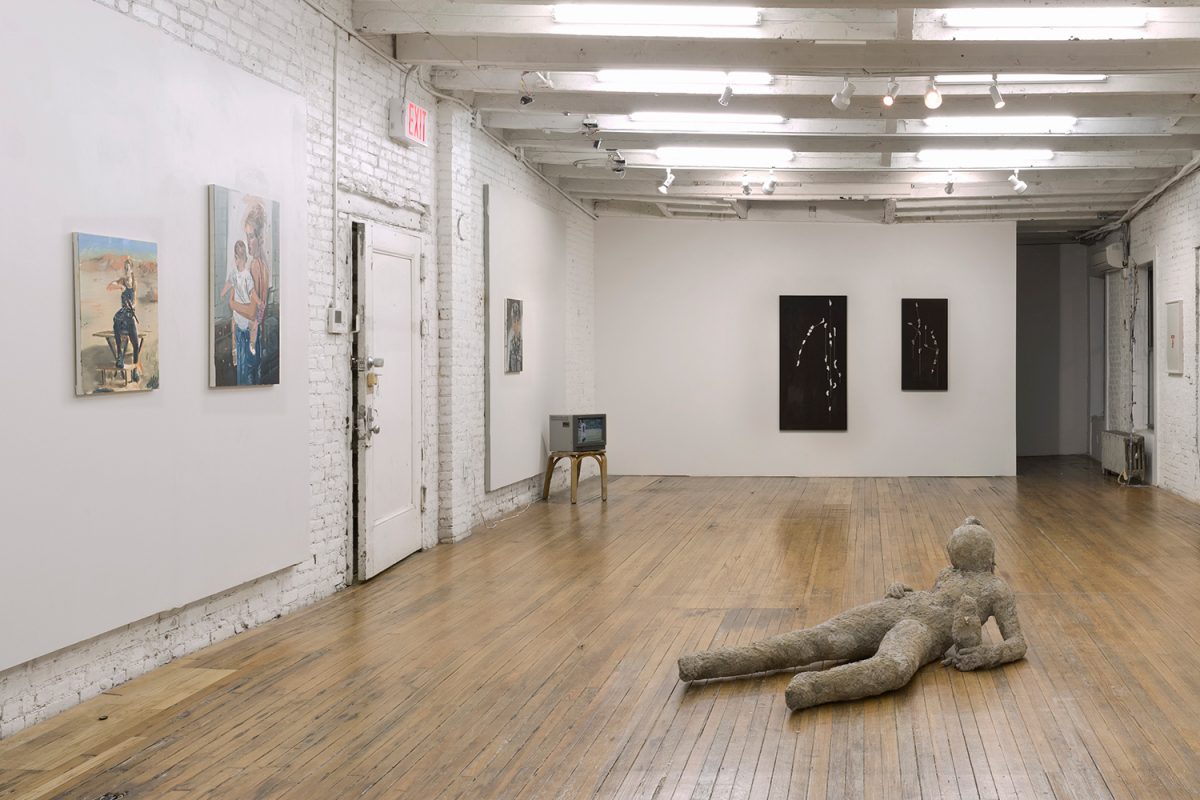 Exhibition view
Exhibition view
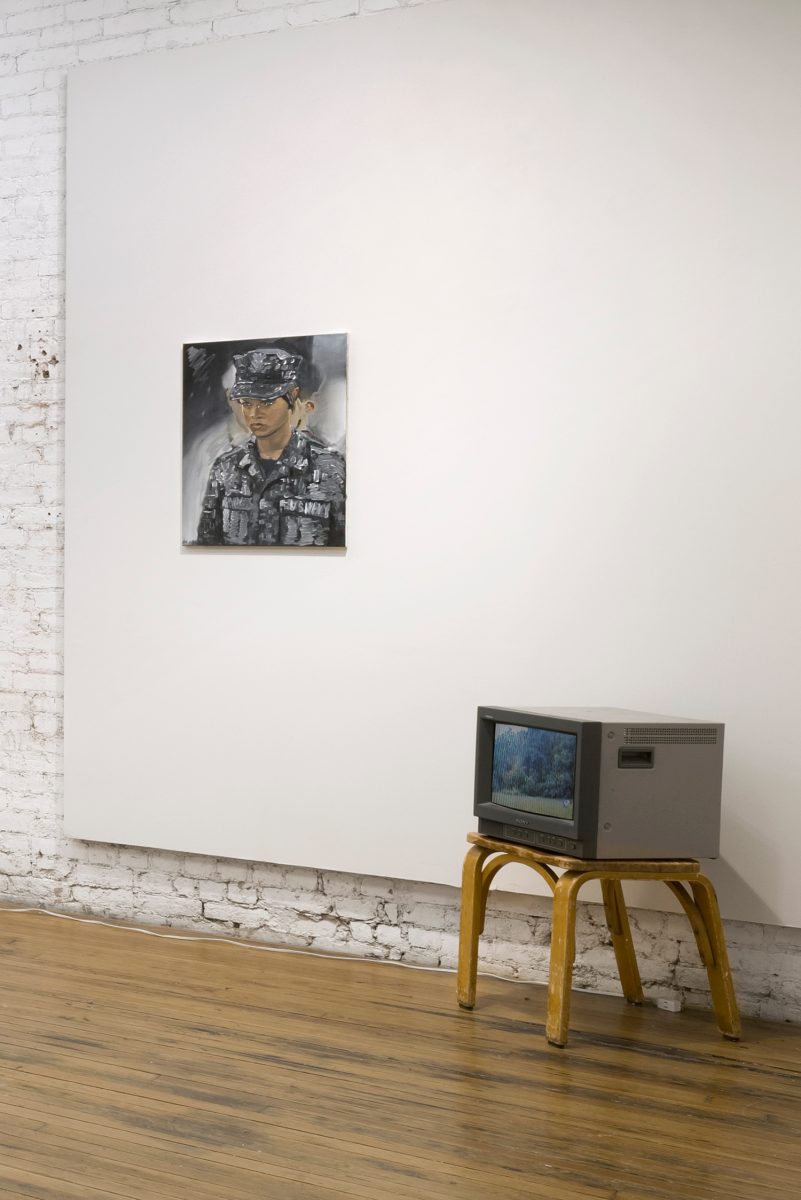 Exhibition view
Exhibition view
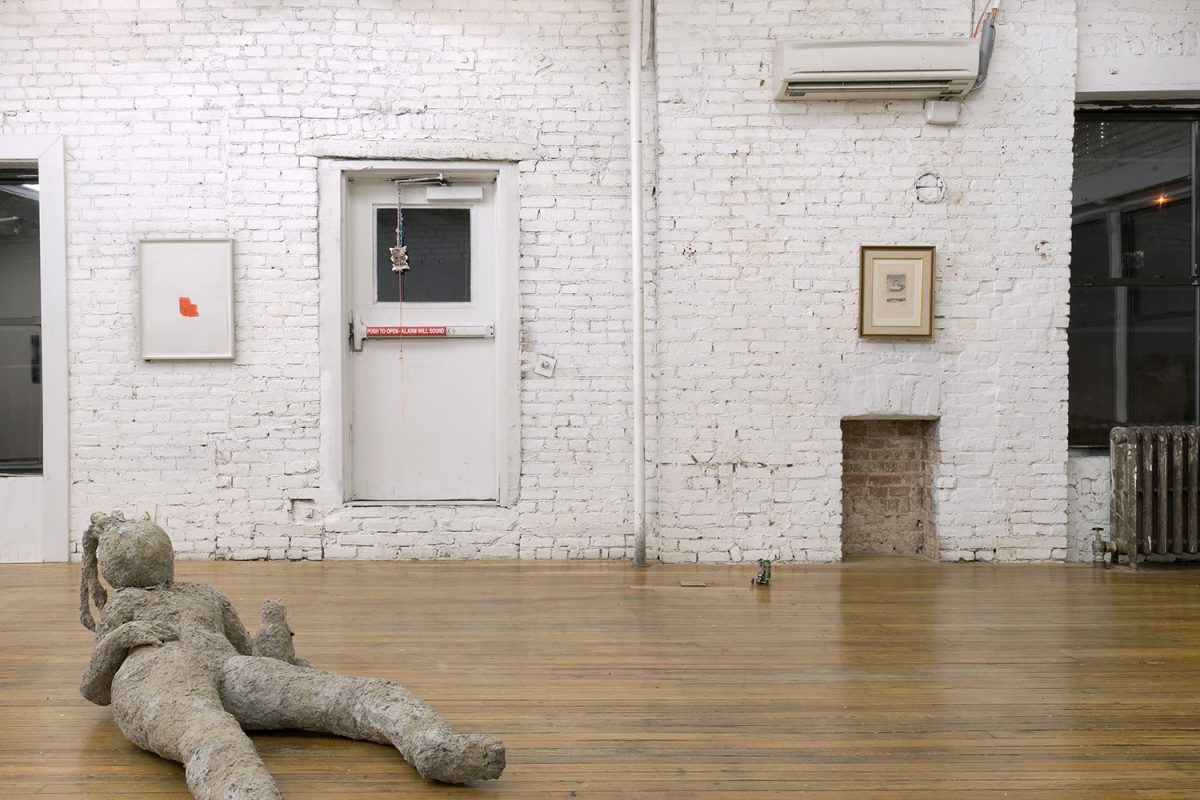 Exhibition view
Exhibition view
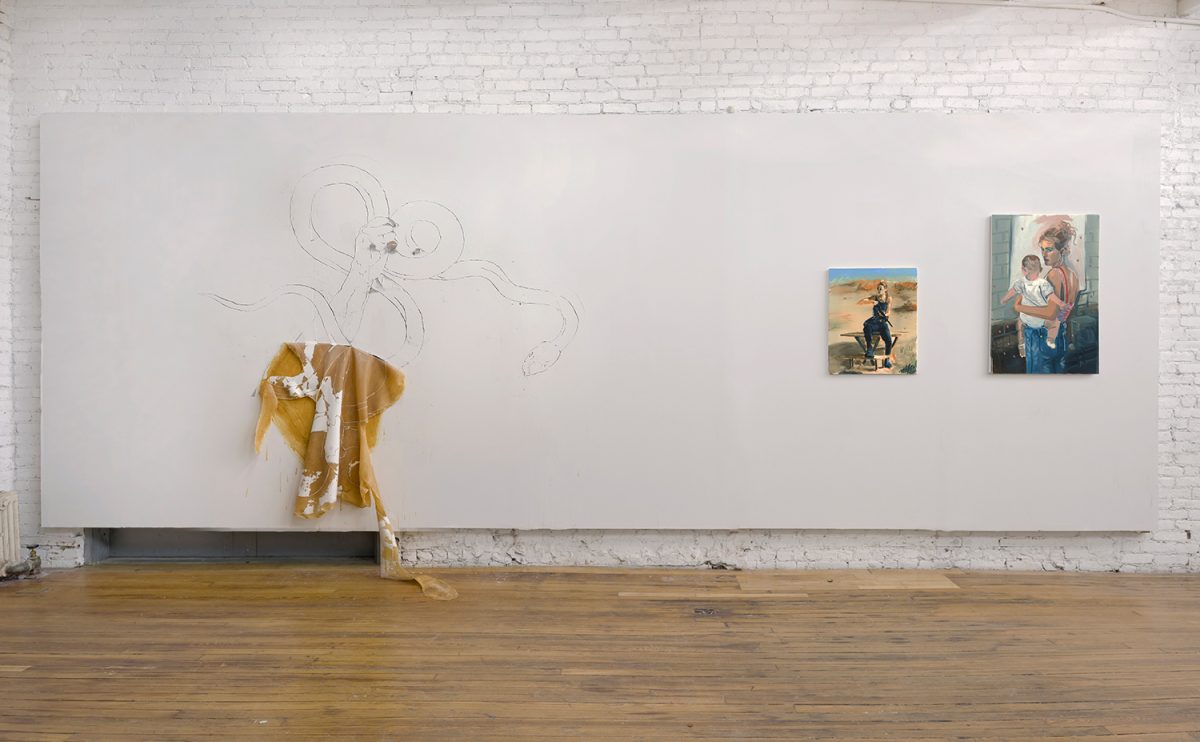 Exhibition view
Exhibition view
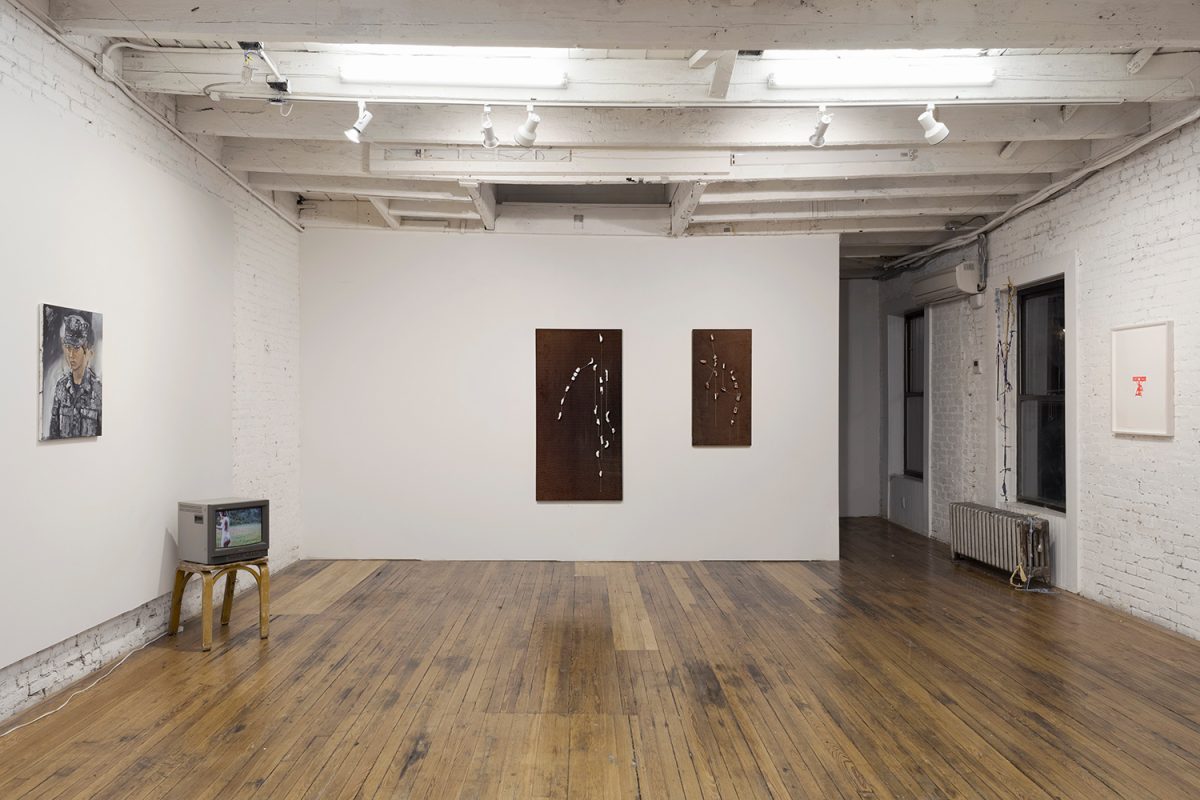 Exhibition view
Exhibition view
 Joel Dean, The Anatomy of Out of Body Experience in Human Capital Organization Systems and Planning Culture after the Age of Discovery 7500 pennies
Joel Dean, The Anatomy of Out of Body Experience in Human Capital Organization Systems and Planning Culture after the Age of Discovery 7500 pennies
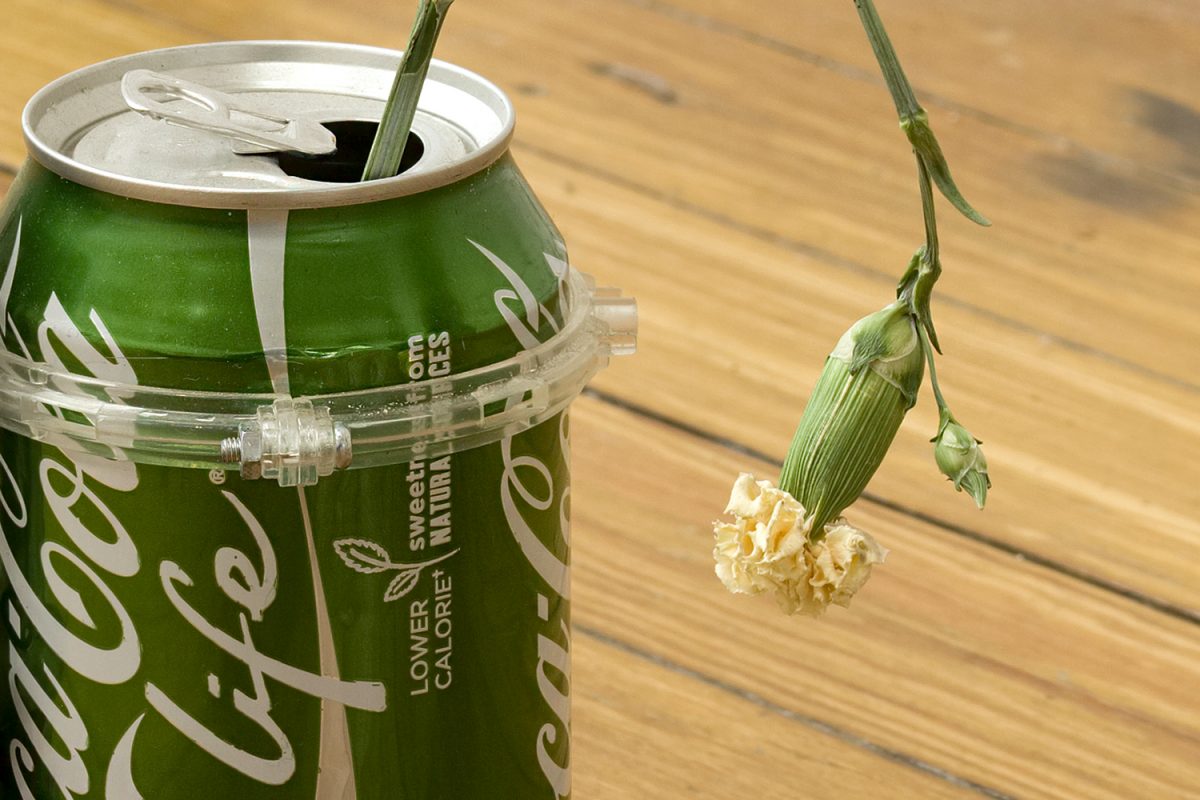 Joel Dean, Earthling (detail), 2015, 2018
Joel Dean, Earthling (detail), 2015, 2018
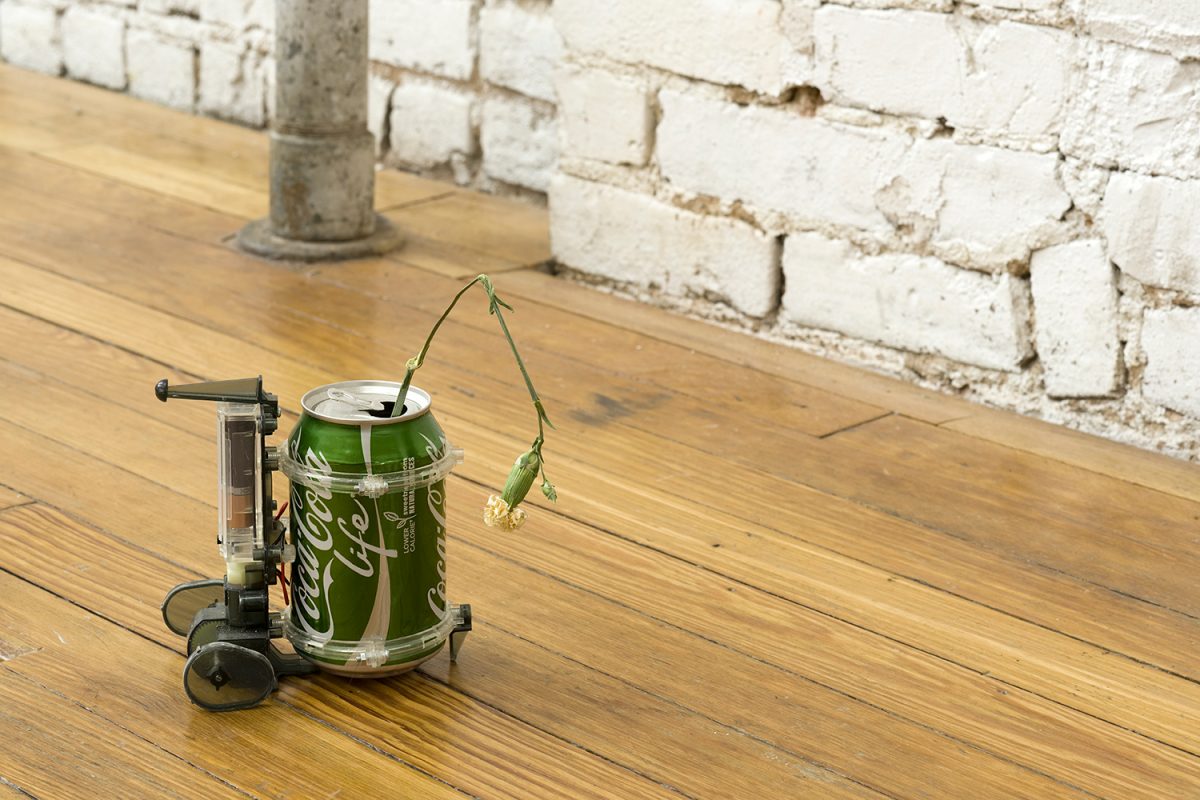 Joel Dean, Earthling, 2015, 2018
Joel Dean, Earthling, 2015, 2018
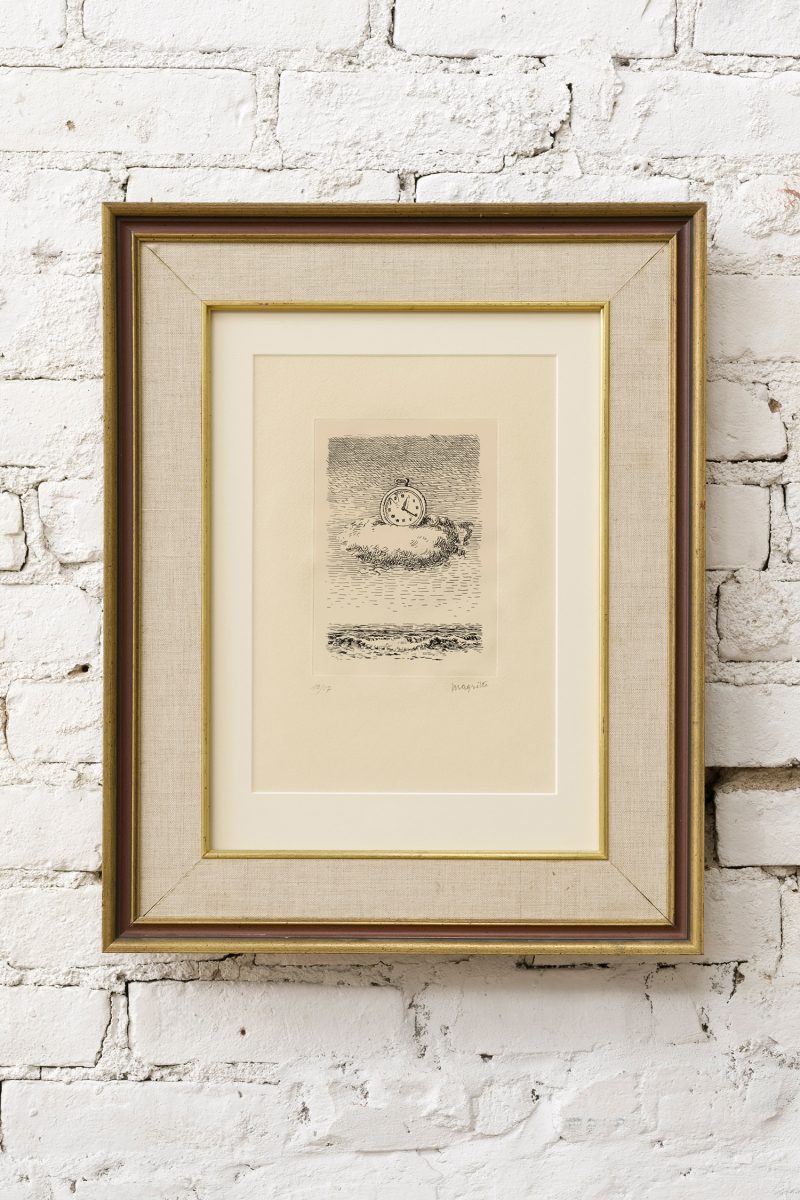 René Magritte, Untitled, from Aube a L’Antipode, 1966
René Magritte, Untitled, from Aube a L’Antipode, 1966
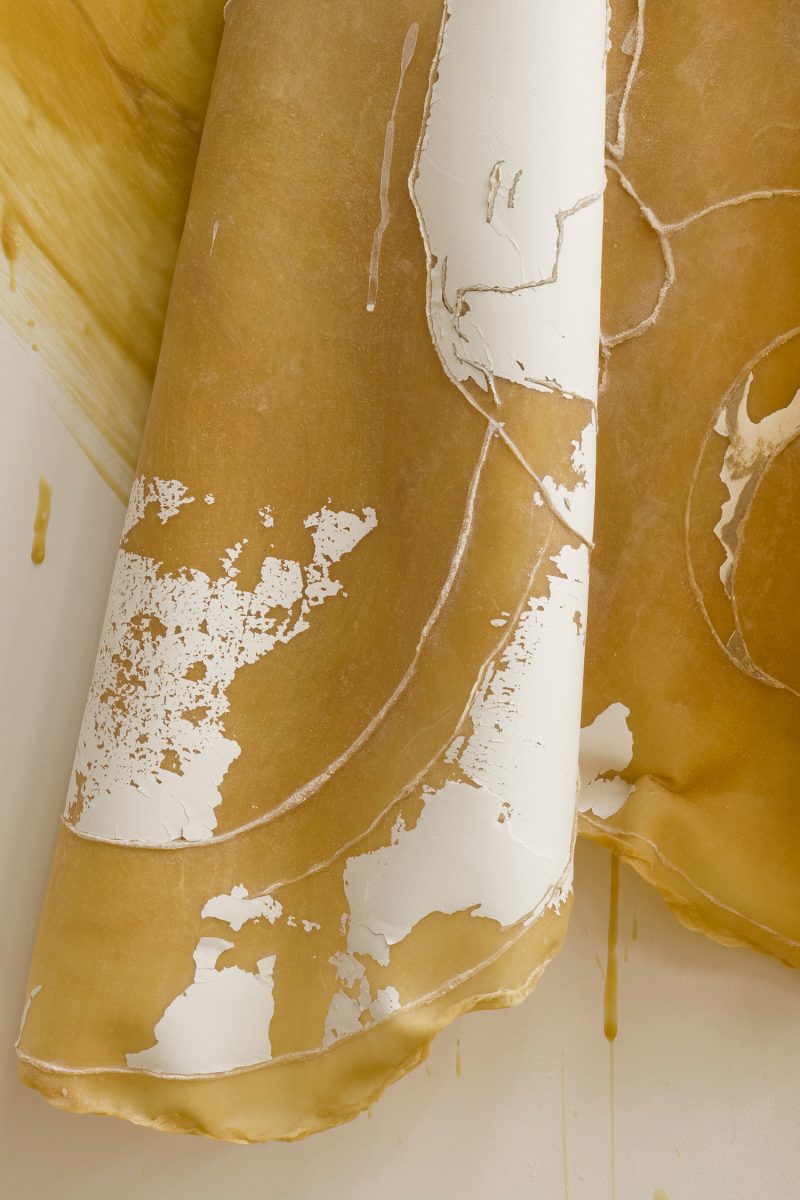 Matias Armendaris, Ecdysis (detail), 2016, 2018
Matias Armendaris, Ecdysis (detail), 2016, 2018
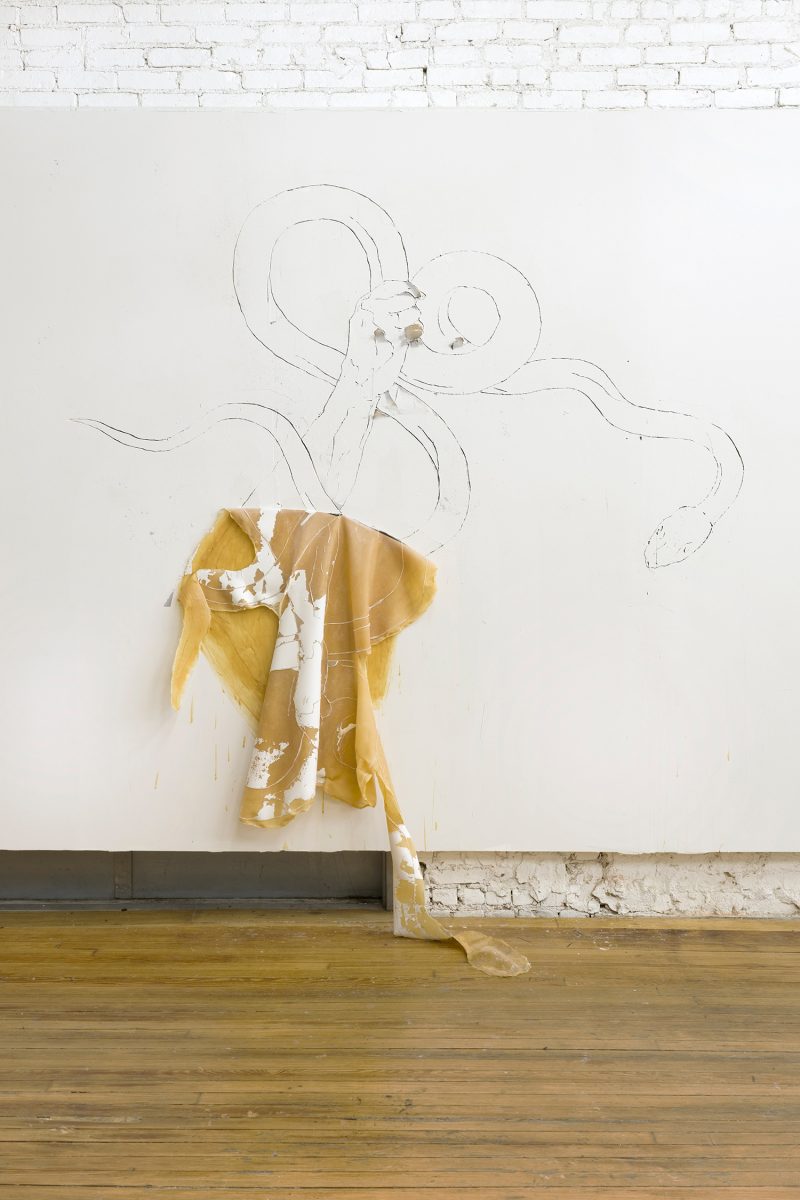 Matias Armendaris, Ecdysis, 2016, 2018
Matias Armendaris, Ecdysis, 2016, 2018
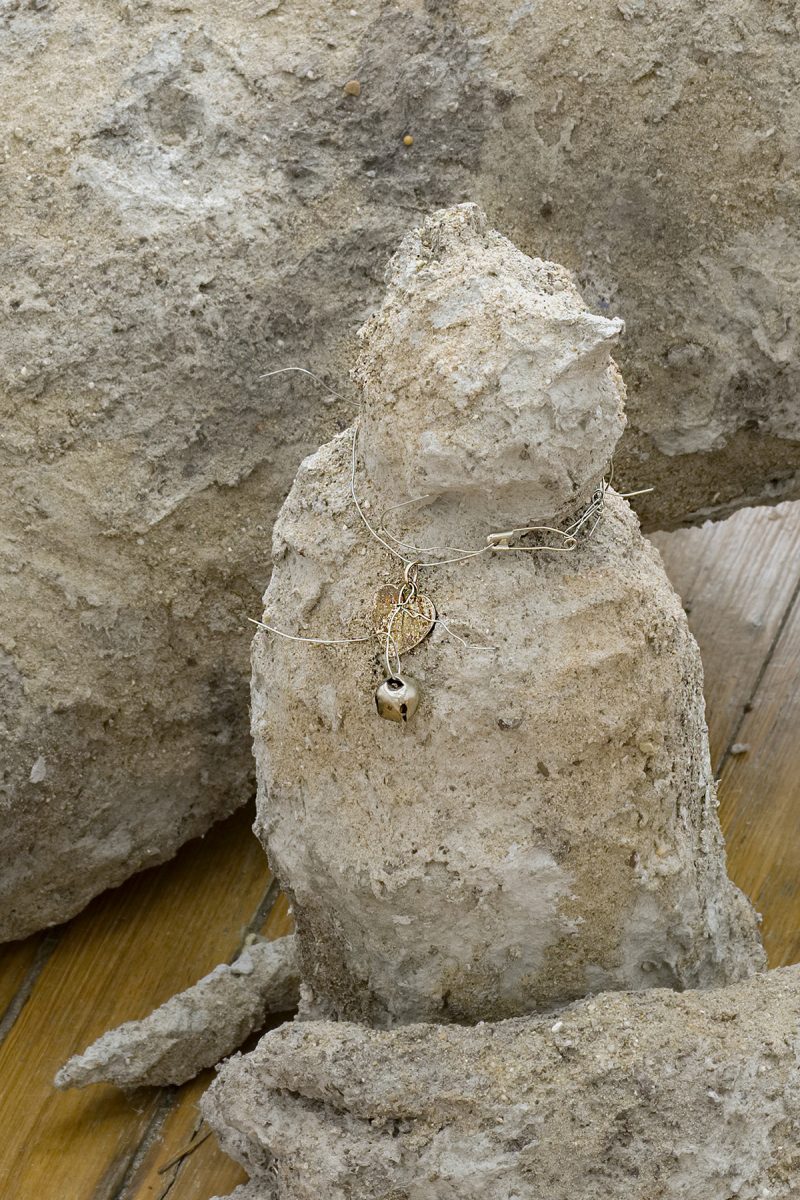 Sylvie Hayes-Wallace, Moon Sisters (detail), 2018
Sylvie Hayes-Wallace, Moon Sisters (detail), 2018
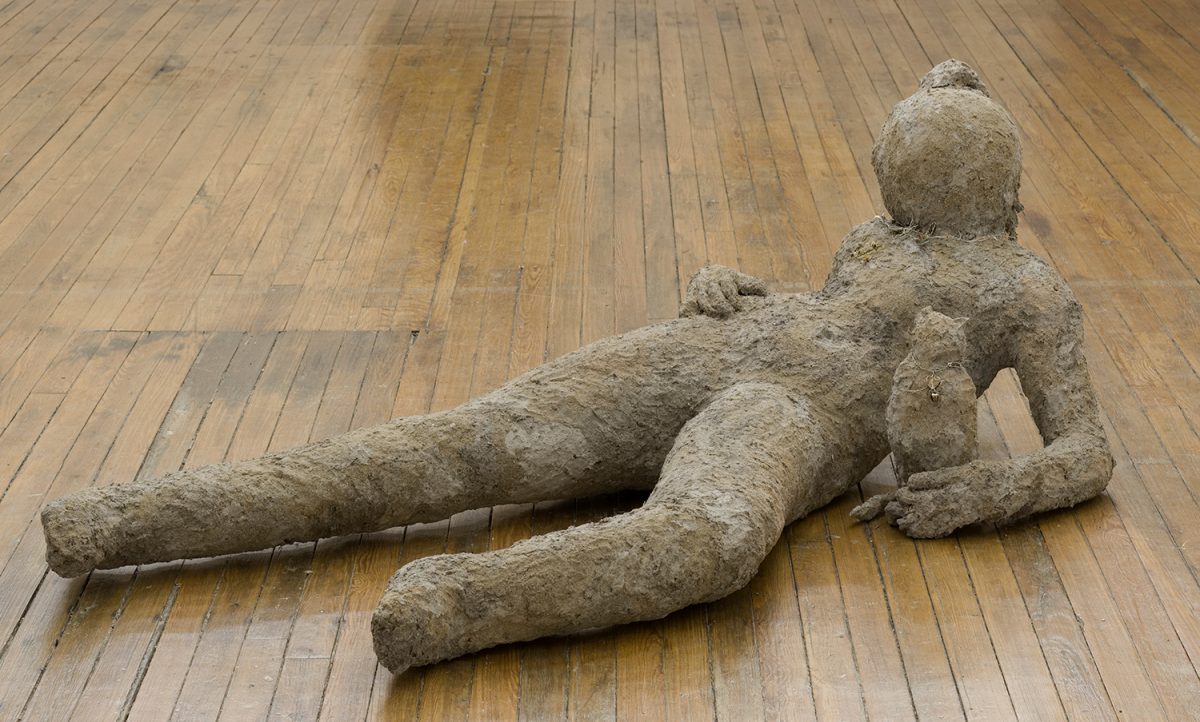 Sylvie Hayes-Wallace, Moon Sisters, 2018
Sylvie Hayes-Wallace, Moon Sisters, 2018
There once arose a dispute between the belly, and the other members of the of the body. The hands had discovered that the belly had been hoarding food for itself, and so they came to an agreement with the mouth and the other bodily extremities. Together they refused to labor or to eat until their desire for an equitable distribution of nourishment was met. They would starve the belly so that they might teach it a lesson.
The folktale of the Belly and the Members has existed in one form or another since the time of the ancient greeks, and possibly as far back as the 2nd millennium BCE. In authoritarian times the story (which usually resolves in the belly explaining to the other members of the body that they rely on it for nourishment) was understood to affirm direction from a single source, i.e. the sovereignty of a king. Today, the narrative has come to be associated more closely with the importance of team work or the mutual respect of roles—particularly those political in nature. In both cases the folktale is most often understood as an early example of the metaphor of the body politic— a sort of political zeitgeist.
What bears heavily in the story of The Belly and the Members, is the stakes of its means of representation. These are both the risks associated with the function of its metaphor (its lack of explicitness having lead to its being understood in support of the democratic process and also, in stark contrast, tyrannical rule) and those regarding its method of articulation. By anthropomorphizing the bodily, the folktale enters into the space of the surreal, doing so in an attempt to comment on the political reality of that which is explicitly real (the moral of many ancient Greek versions of the story often had to do with the importance of an intelligent general over the scale of his/her army).
The risks associated with these gestures are echoed in the works on display in “The Belly and the Members.” Artists working with figurative strategies rooted in the surreal and the hyper-real approach representation’s relationship to power. Themes of the representable: the figure, the image, the signifier, etc. become loaded with the artists’s own desires in this regard. Figurative representation is conflated with ideas regarding political representation, by means of the linked desires of occupying and relinquishing space (both real and imaginary, public[civic] and private). Inherent in the production of art meant to reproduce images of and from the world is the politics of the bodies that inhabit it, and all of the stakes that go along with them.